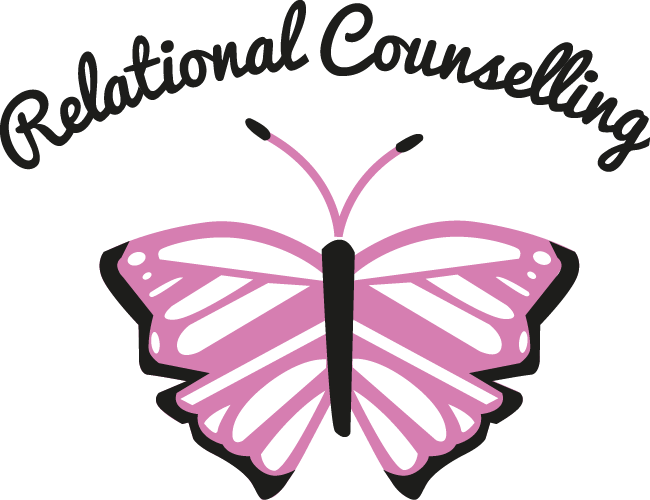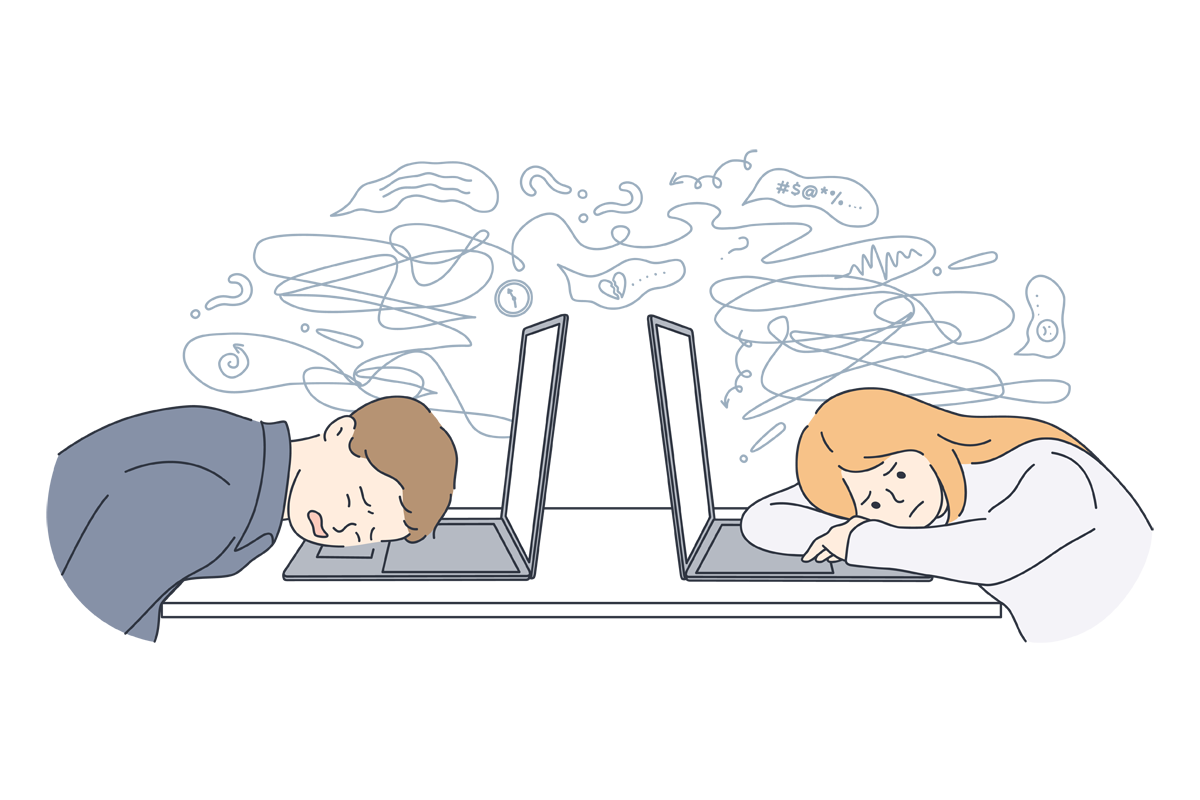Avoiding Burnout: Taking It One Step At A Time
It can often feel like we both live in a time of opportunity, where the vast majority of things an individual wants out of life can be achieved, but also a world in which we are deluged with responsibility and ever diminishing time to satisfy them. Just like Indiana Jones running away from that boulder in Raiders of the Lost Ark it can almost feel like slowing down will seal our fate for the worse. This duality of our modern world can often leave people chipping away at a goal or change they want to implement, but bereft of both energy and motivation in the long term due to balancing all their other responsibilities. Leading to what is known as ‘Burnout’.
Burnout in its most recognised form is physical and emotional exhaustion due to long-term occupational stress.
Some symptoms include:
Fatigue
Feeling Helpless
Feeling overwhelmed
Feeling mentally detached from your surroundings
Since working hours are getting longer and competition more fierce, the workplace would be the typical setting for this to occur. However, anyone suffering from long-term stress can experience burnout. Understanding this is important because it allows someone who may be suffering to know what is causing this, instead of writing it off and growing ever increasingly weary.
While off days are all but certain, if someone is suffering from Burnout, these days can become all the more common, leaving them trapped in a tormenting cycle of decreasing energy, increasing stress and therefore less ability to keep up. Over time this can have a knock on effect to other areas of their personal and professional life, leading to an overall drop in quality. Requiring them to actively take a step away from that cycle and allow themselves some recovery.
What comes next?
So with understanding of what burnout is and the effect it can have on someone, what are some ways in which we can tackle this phenomenon?
At a base level, we can refer to Maslow’s theory of the “Hierarchy of needs”. This model proposes that humans have 5 ‘levels’, or ‘tiers’ of needs. (Physiological, Safety, Love and Belonging, Esteem and Self-Actualisation). Each of these needs are typically illustrated by way of a pyramid split up into sections, representing the various importance of needs that have to be met in order for a human to survive and thrive. With the lowest and largest section being of most importance, continuing up to the top layer. The theory suggests that lower base level needs have to be met in order to advance on to the layer above.
Setting Realistic Goals
In the example of an individual experiencing workplace burnout, by applying that to the pyramid above, it is possible that they have prioritised a safety need (Employment) over their base physiological needs. Perhaps they are working through lunch and neglecting their need for food, or working until late at night and getting less sleep than they require in order to keep up with deadlines. Causing them to lack vital nutrients and rest that their bodies require in order to function.
This theory may help gain some perspective on both why they are experiencing burnout and how they can go about tackling it/prevent it from recurring. Everyone’s needs vary and for some, one of the higher needs may take precedence over another. However, setting realistic goals within these parameters can go a long way towards aiding recovery from this. Every human being will need sleep, food and water, so if employment responsibilities take priority over these, this can cause long term suffering. Of course it’s not suggesting that quitting a job in order to get some rest is the answer, but in the case of the worker who is burned out, they may propose a deadline extension so they don’t have to cram too much work in at once and can work at a more realistic, more manageable pace. In this case, the employer may not have recognised the amount of stress their employee is under and all that was required was open and honest communication.
Breaking Down Goals
You may have heard the phrases “one foot in front of the other”, or “everything in moderation”. The same rings true for any goal or responsibility in life. Rome wasn’t built in a day and its unrealistic to expect any significant change to happen in the same time. It’s easy to be overwhelmed by the scale of tasks we choose to undertake, but by looking only at the end goal and not at the closest goal, we lose sight of what we must do in order to arrive there.
In the case of learning an instrument, someone may express an interest in wanting to learn a very difficult piece of music. In order to hasten the process, they may practice for hours a day, looking at others play it online and stumbling over themselves, instead of learning the basic techniques and notes behind that song. By breaking down the goal into bite-sized manageable pieces, practicing at a comfortable pace and having patience, the song will have come eventually; and in many cases, faster than cramming in order to get to the end. All that can be guaranteed by asking too much our ourselves is that we will become overwhelmed, overstressed and burnt out.
Mindfulness
Implementing mindfulness into a daily routine helps guide and ground an individual throughout the day, helping to diminish any stress they may encounter as well as serve as a focus and concentration aid. Lessening distractions and allowing for better goal setting, task prioritisation and state of mind.
Examples of mindfulness techniques include:
Deep Breathing Exercises: Deep breathing exercises help to centre an individual during moments of stress or overwhelm. Helping to regulate emotions and approach tasks with a healthier mindset.
Body awareness: Focusing attention on different parts of the body and easing tension in them promotes relaxation and self-awareness.
Mindful Walking: Going for a walk and paying attention to each step, breath, and the sensations around helps to rejuvenate the mind and gain a fresh perspective on your goals.
Counselling can be especially beneficial in this regard. Allowing not just a safe space in order to offload and help meet belonging needs, but also it can be a space in which mindfulness techniques can be practiced for the next time they are needed.
Self-Care
Just like mindfulness, practicing self-care enables moments of calm and respite in which worries can be consolidated and pushed to the back-seat. We can lose sight of what self-care might entail, so in moments of calm and clarity, taking the time to create a self-care container gives us the ability of preparing for times where priorities and responsibilities cause excess stress and worry.
Creating your own self-care container can help ground you in moments of doubt and frustration, keeping you on track! Fill it with notes suggesting pick-me-ups and affirmations to read during these times, such as:
- Exercising
- Taking a nap
- Playing your favourite song
- Reading an inspirational quote
- Enjoying a soothing cup of tea
Preparing and having a self care tool to fall back upon ensures that, even on tough days, you've got your best interests in mind.
Whether by way of work of any of life’s other numerous stressors, the prospect of potential burnout can cast a shadow on an individuals day to day life. While definitely an issue that isn’t to be taken lightly, with the correct procedures in place and by understanding that we are all human and have our limits, we allow ourselves the ability to keep running with our best interests and health in mind.
Life’s about balance. The pursuit of goals, or meeting deadlines should be a self-fulfilling experience, not a race against the clock or a fight for survival. If we take care of our health, the rest shall follow.
-By Patrick
If you need to talk to a psychotherapist Contact Relational Counselling




